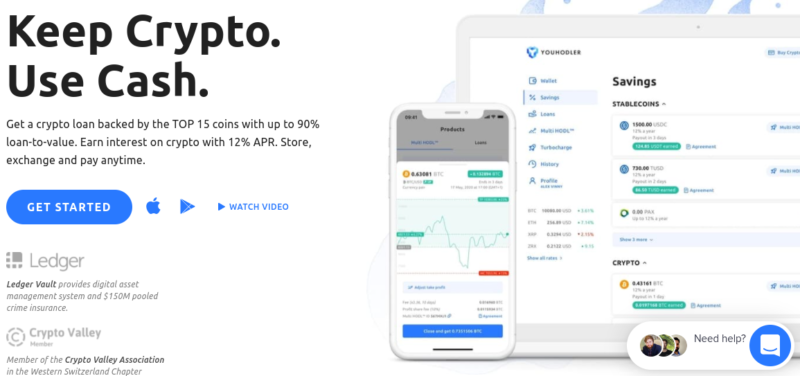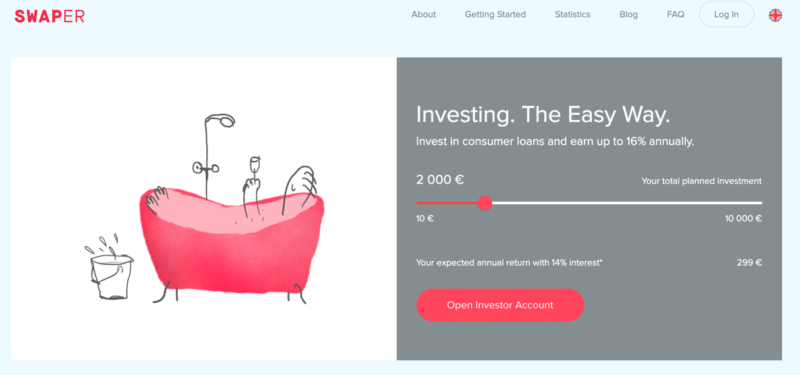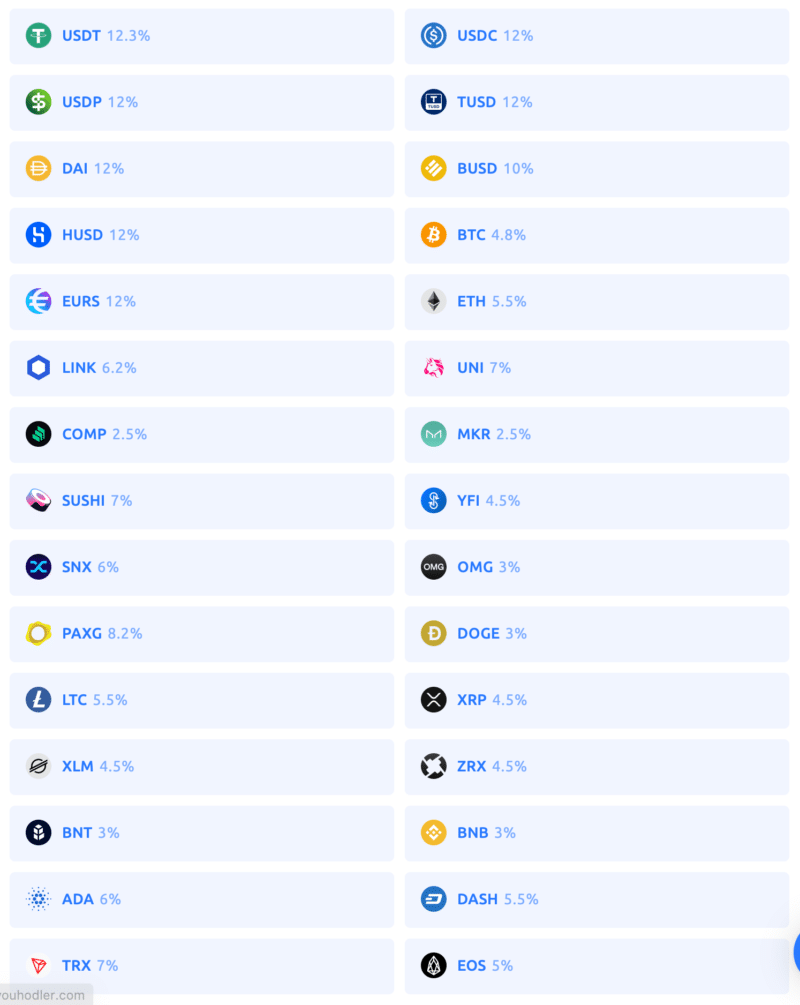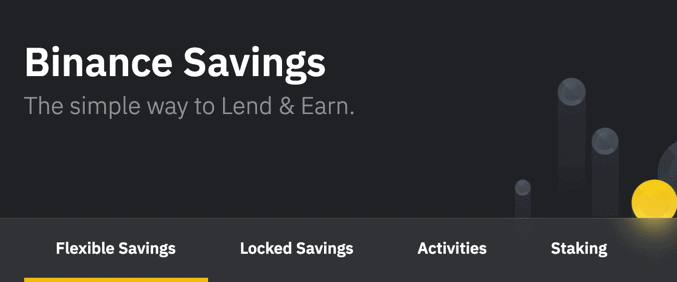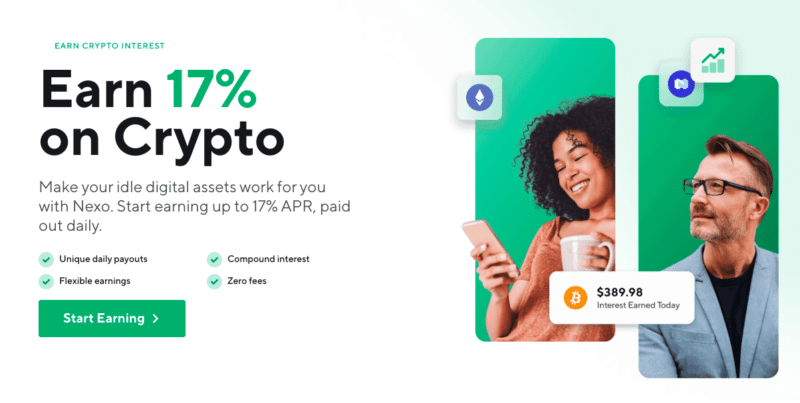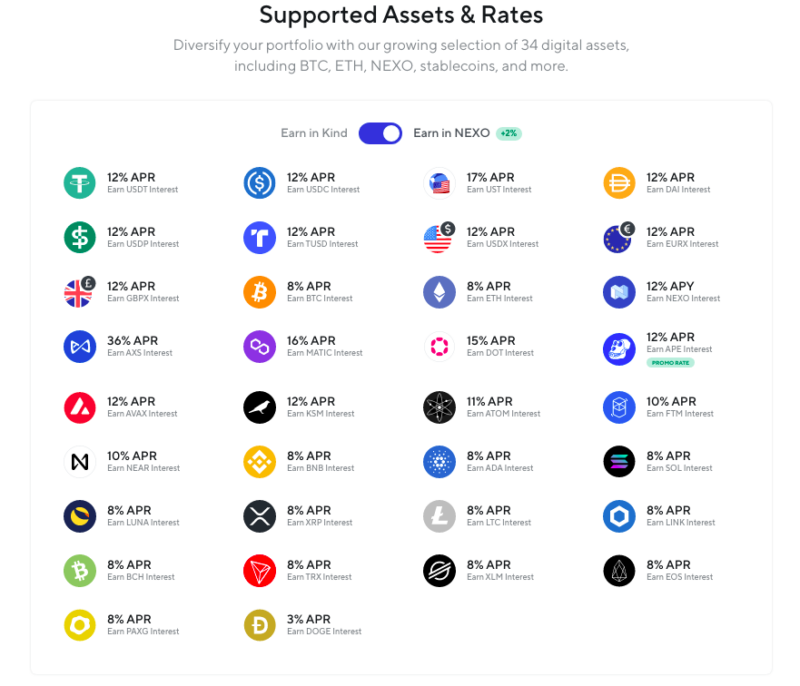Taking into account the volatile nature of cryptocurrencies, investors are faced with an ongoing dilemma – exit the position or ‘HODL’. For those investors in it for the long run, they will simply look to hold on their cryptocurrencies with the hope that in the near future they will be worth significantly more.
Until then, the coins remain idle in a private wallet – resulting in opportunity costs along the way. After all – and much like gold, Bitcoin does not yield any income.
With this in mind, YouHodler has created an online platform that allows you to earn interest by depositing your digital currencies. In turn, this will then be loaned out to those that wish to engage with crypto-loans. Today, the company presents itself as a crypto-fiat finance service that offers half a dozen distinct features to meet the needs of both investors and borrowers.
In my YouHodler review, I explore the ins and outs of how the platform works. Not only does this include a breakdown of its interest-yielding service, but I also have a closer look at a number of other key features found at the platform.
